Lohri: Significance & Auspicious Time
Lohri is a traditional winter folk festival in North India as well as a popular harvest celebration. It is observed to express gratitude for a bountiful harvest, signifies the end of winter & the start of a new harvest season. Lohri usually occurs a day before Makar Sankranti & is associated with the Vikrami Calendar (an ancient Hindu calendar). It falls in the month of Paush (January/December) & in most years, it falls between the 13th & 14th of January of the Gregorian Calendar.
Lohri is a traditional winter folk festival in North India, as well as a popular harvest celebration for farmers. During Lohri, people perform Puja as a way of expressing their gratitude to the gods of the sun and fire.
Although there are many different religious interpretations of this occasion, the festival primarily marks the Sun's progress toward the Northern Hemisphere.
Lohri signifies the end of winter and the start of a new harvest season since this is the time of year when the Earth is closest to the Sun. A flaming bonfire is meant to keep the bitter cold of January at bay.
The festival of Lohri, which is celebrated the day before Makar Sankranti, symbolizes the purification and organizing of all things in preparation for the forthcoming year.
Where is Lohri celebrated?
One of the most well-known festivals in North India, Lohri is primarily celebrated by Sikhs and Hindus in the states of Punjab, Haryana, Himachal Pradesh, Delhi, Uttar Pradesh, Uttarakhand, and Jammu. Although it is celebrated in Delhi and Haryana, it is not a gazetted holiday.
When is Lohri celebrated?
Lohri usually occurs a day before Mahi or Makar Sankranti and is associated with the Vikrami Calendar (an ancient Hindu calendar used in the Indian subcontinent).
It falls in the month of Paush (January/December) and is determined by the Solar part of the Lunisolar Punjabi Calendar; in most years, it falls between the 13th and 14th of January of the Gregorian Calendar.
Lohri in 2023: Date & Auspicious Time
- 14 January 2023 (Saturday)
- Lohri Sankranti Time: 08:57 PM
What is the Historical Reference of Lohri?
According to historical sources, Europeans occasionally visited Maharaja Ranjit Singh's Lahore Darbar.
Captain Mackeson makes an additional mention of Maharaja Ranjit Singh distributing clothes, money and other rewards in honor of Lohri in 1844 by lighting a large bonfire at night in the royal court.
Then it was progressively celebrated in the Himalayan area, where winter is colder than in the rest of the subcontinents. Hindus and Sikhs would customarily build bonfires in their yards after weeks of Rabi season harvesting work, gather around them to socialize and engage in lively singing and dancing.
The legend of two Sisters – Holika and Lohri
A legend suggests that Holika (a famous demoness of Hindu mythology) and Lohri were sisters.
Following a command from Hiranyaksha (an oppressive demigod), Holika lured Prahlada (son of Hiranyaksha and a devotee of Lord Vishnu) and Lohri to sit in the fire.
While Holika succumbed to the Holi fire, Lohri and Prahlad made it through the trial.
What is the Folklore behind Lohri?
It shares a connection with the well-known Dulla Bhatti folktale from the Lohri Punjab region.
According to this folklore, the Zamindar of Punjab was revered there for saving Punjabi girls from being kidnapped and sold as slaves in the Middle Eastern market.
He saved two girls, Sundri and Mundri, who over time came to be recurring figures in Punjabi legend.
Children participate in the tradition by going around homes and singing the Lohri folk songs with ‘Dulla Bhatti,’ also known as ‘Robinhood of Punjab.’ After the song is over, the home's adult is required to offer the singing group refreshments and money.
This is the song that is sung to express gratitude to Dulla Bhatti:
Sunder mundriye ho!
Tera kaun vicharaa ho!
Dullah Bhatti walla ho!
Dullhe di dhee vyayae ho!
Ser shakkar payee ho!
Kudi da laal pathaka ho!
Kudi da saalu paata ho!
Salu kaun samete!
Chacha gali dese!
Chache choori kutti! zamidara lutti!
Zamindaar sudhaye!
Bum Bum bhole aaye!
Ek bhola reh gaya!
Sipahee far ke lai gaya!
Sipahee ne mari itt!
Paanvey ro te paanvey pitt!
Sanoo de de Lohri, te teri jeeve jodi!
(Laugh, cry or howl!)
Translation
Beautiful girl
Who will think about you
Dulla of the Bhatti clan will
Dulla's daughter got married
He gave me a few grams of sugar!
The girl is wearing a red suit!
But her shawl is torn!
Who will stitch her shawl?!
The uncle made choori!
The landlords looted it!
Landlords are beaten up!
Lots of simple-headed boys came!
One simpleton got left behind!
The soldier arrested him!
The soldier hit him with a brick!
(Cry or howl)!
Give us Lohri, long live your pair (to a married couple)!
Whether you cry or bang your head later
What is the connection between Winter Crop Season & Lohri?
The celebration of Lohri marks the arrival of the harvest and warm weather. The festival of Lohri is celebrated in some areas by lighting bonfires, eating celebratory cuisine, dancing, and receiving gifts.
A newlywed couple and a new mother typically celebrate Lohri in private and may even perform traditional Puja with their close-knit family. People gather to dance the well-known Punjabi dance known as Gidda and Bhangra while donning colorful clothing and setting up the drums.
As this is also a farmer's celebration, Sarson da Saag and Makki di Roti (mustard leaf gravy with corn flour flatbread) are quite important.
This is the time of the year when mustard, corn, sugarcane, radishes, and other crops are harvested. People enjoy sweets prepared with sugar ( Gajak), sesame seeds, and groundnuts (chikki). Because it is suited to agro-climatic conditions, mustard seeds are mostly grown in the winter.
After sunset, people light bonfires and enjoy the warmth of the fire by tossing sesame seeds, Gur, sugarcane candy, puffed corn, and rice into the flames. Some people offer prayers and circle the fire. To thank the fire deity for his protection, milk and water are poured around the bonfire.
Conclusion
In addition to everything mentioned above, Lohri is a celebration that has a special relationship with the sun, the earth and the fire.
Earth represents our need for sustenance; the sun represents the element of life; and fire represents our state of health. It is a way to thank the Lord for this existence and the opportunity granted to access all these natural components completely free of cost.
2026 Horoscope Reports
Translate
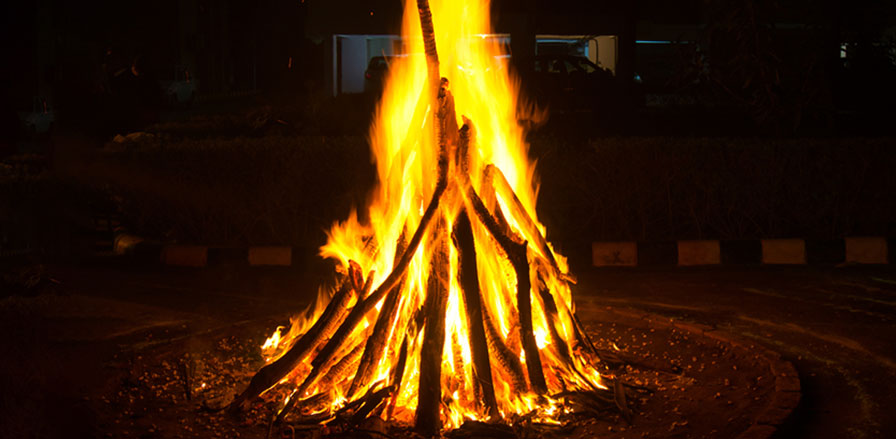
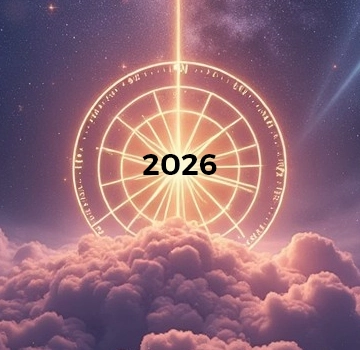
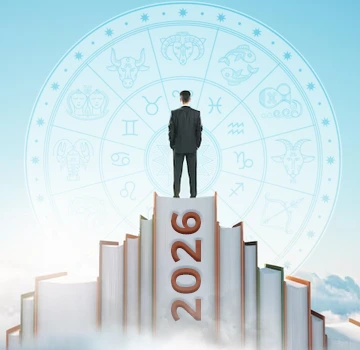
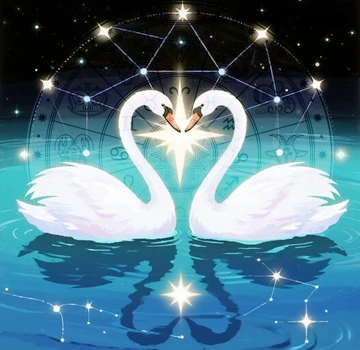

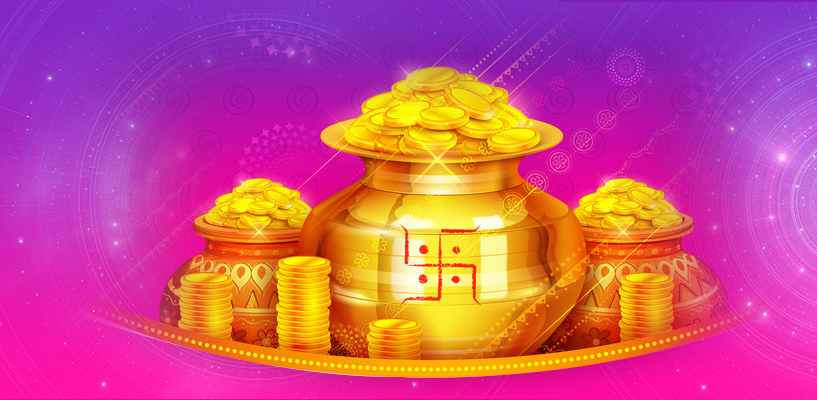 Akshaya Tritiya: The Spring Festival of Prosperity
Akshaya Tritiya: The Spring Festival of Prosperity
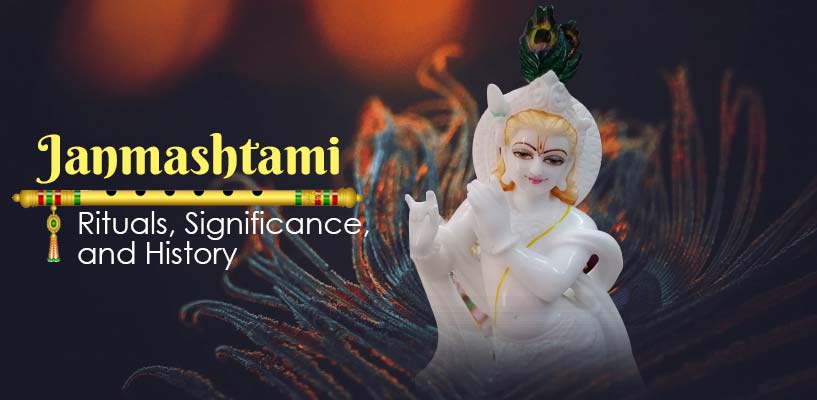 Janmashtami - Rituals, Significance, and History
Janmashtami - Rituals, Significance, and History
 Namkaran Is the Hindu Naming Ceremony of a Newborn child
Namkaran Is the Hindu Naming Ceremony of a Newborn child
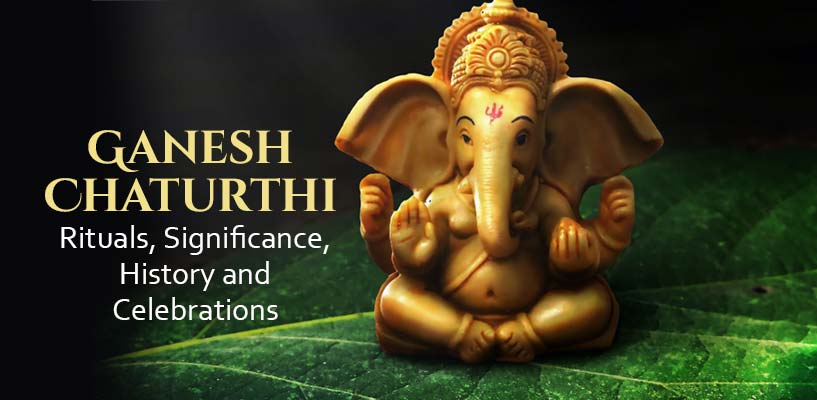 Ganesh Chaturthi - Rituals, Significance, History and Celebrations
Ganesh Chaturthi - Rituals, Significance, History and Celebrations
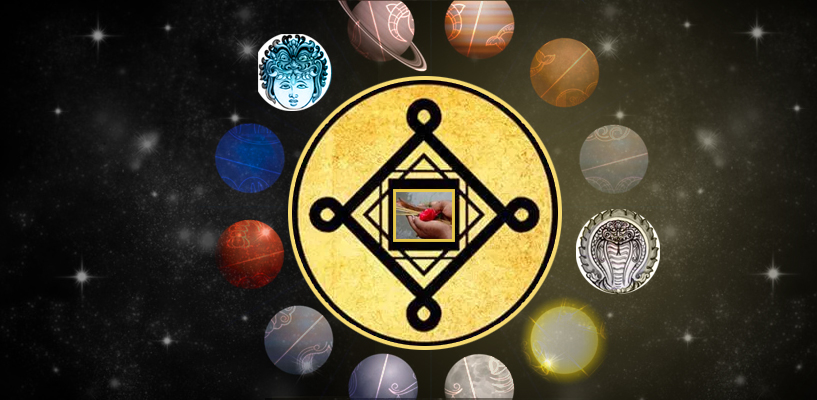 Role of Rahu And Ketu In The Pitra Dosha In Your Horoscope
Role of Rahu And Ketu In The Pitra Dosha In Your Horoscope
